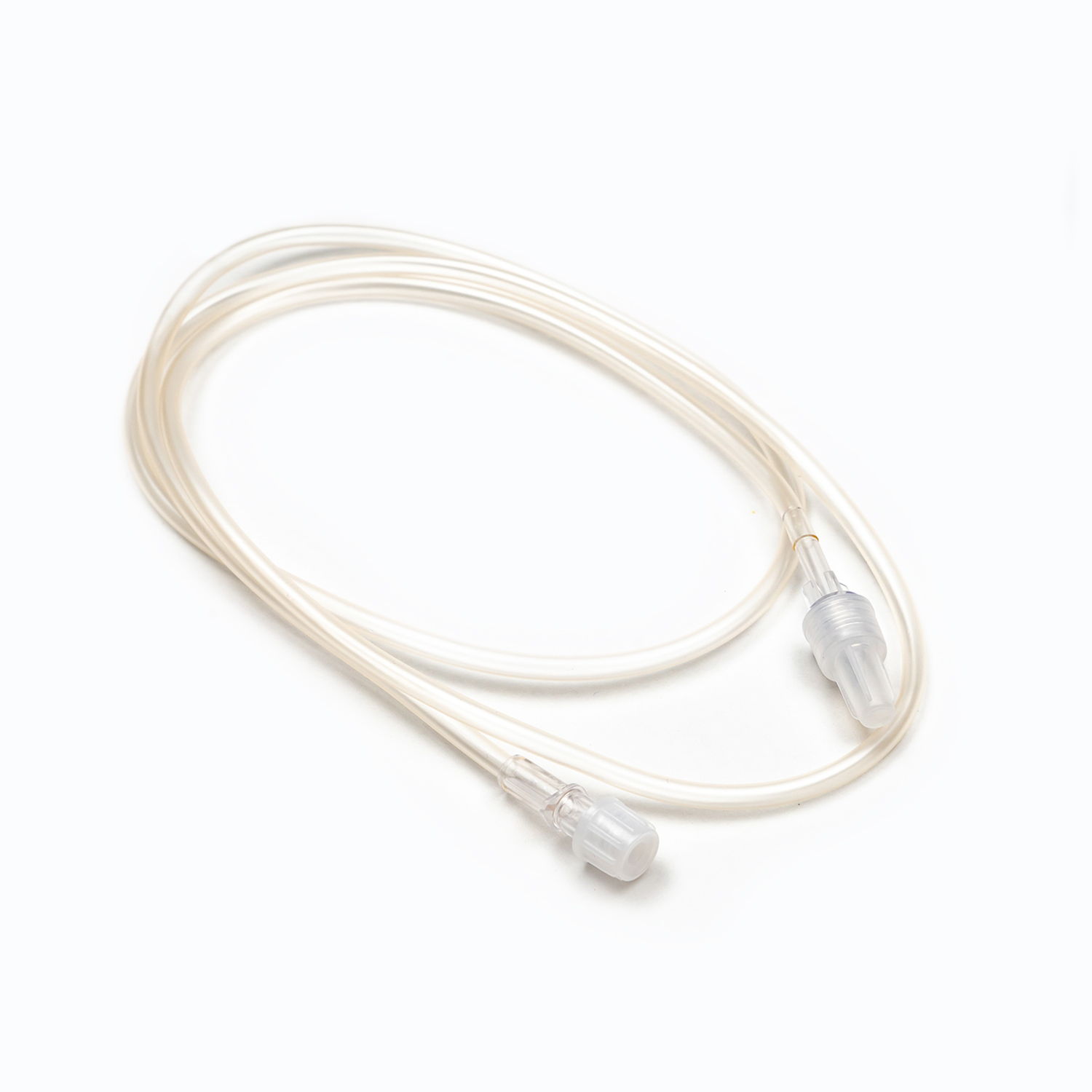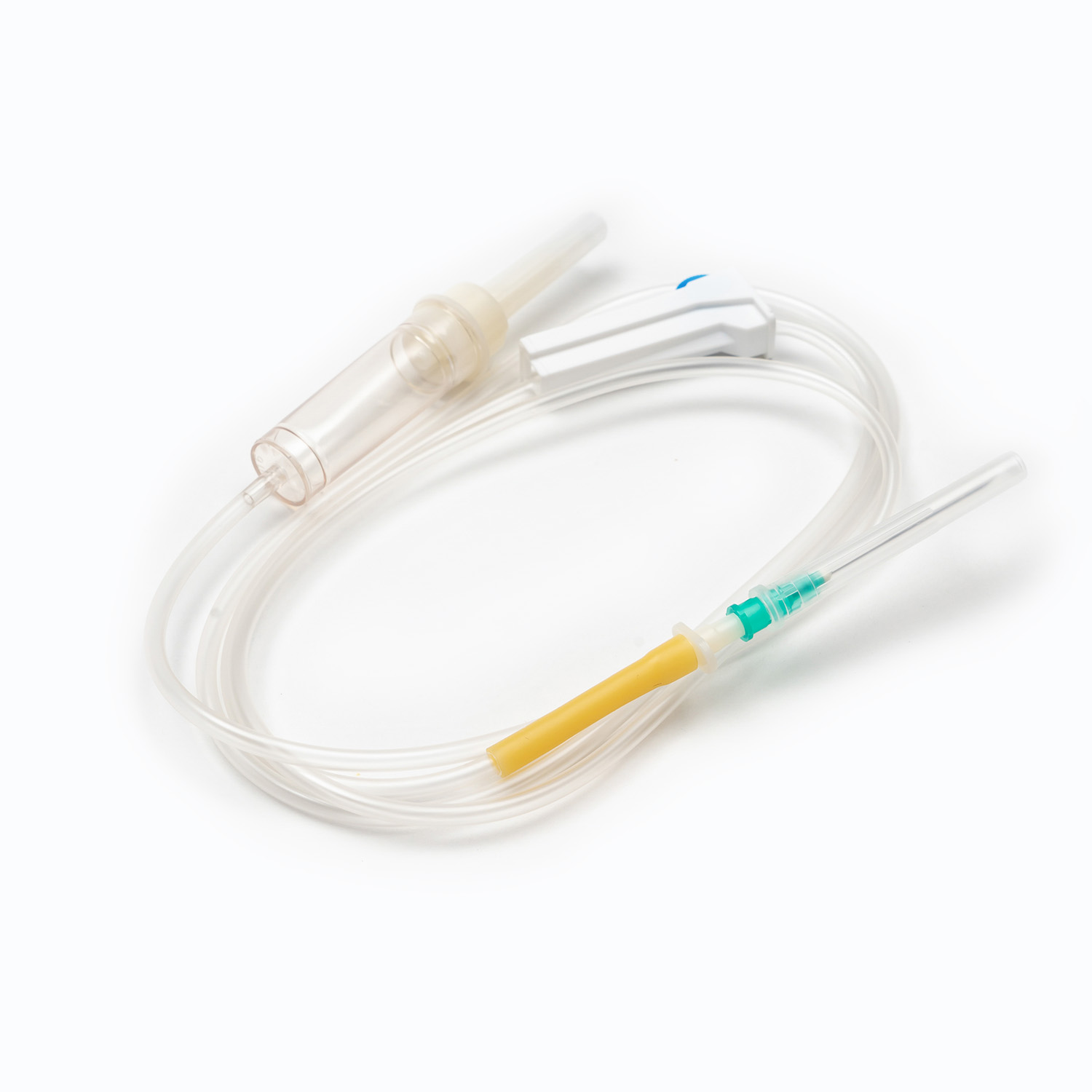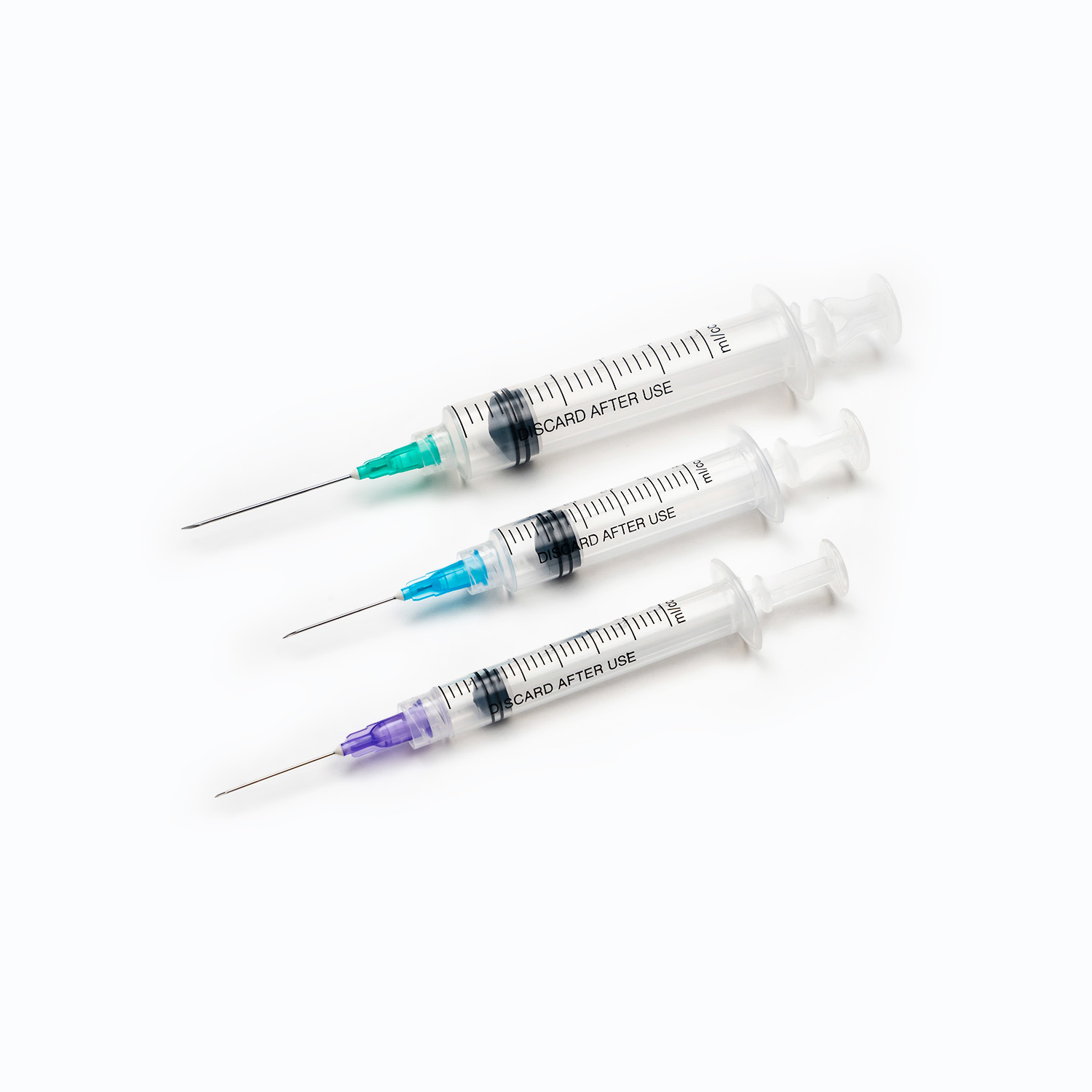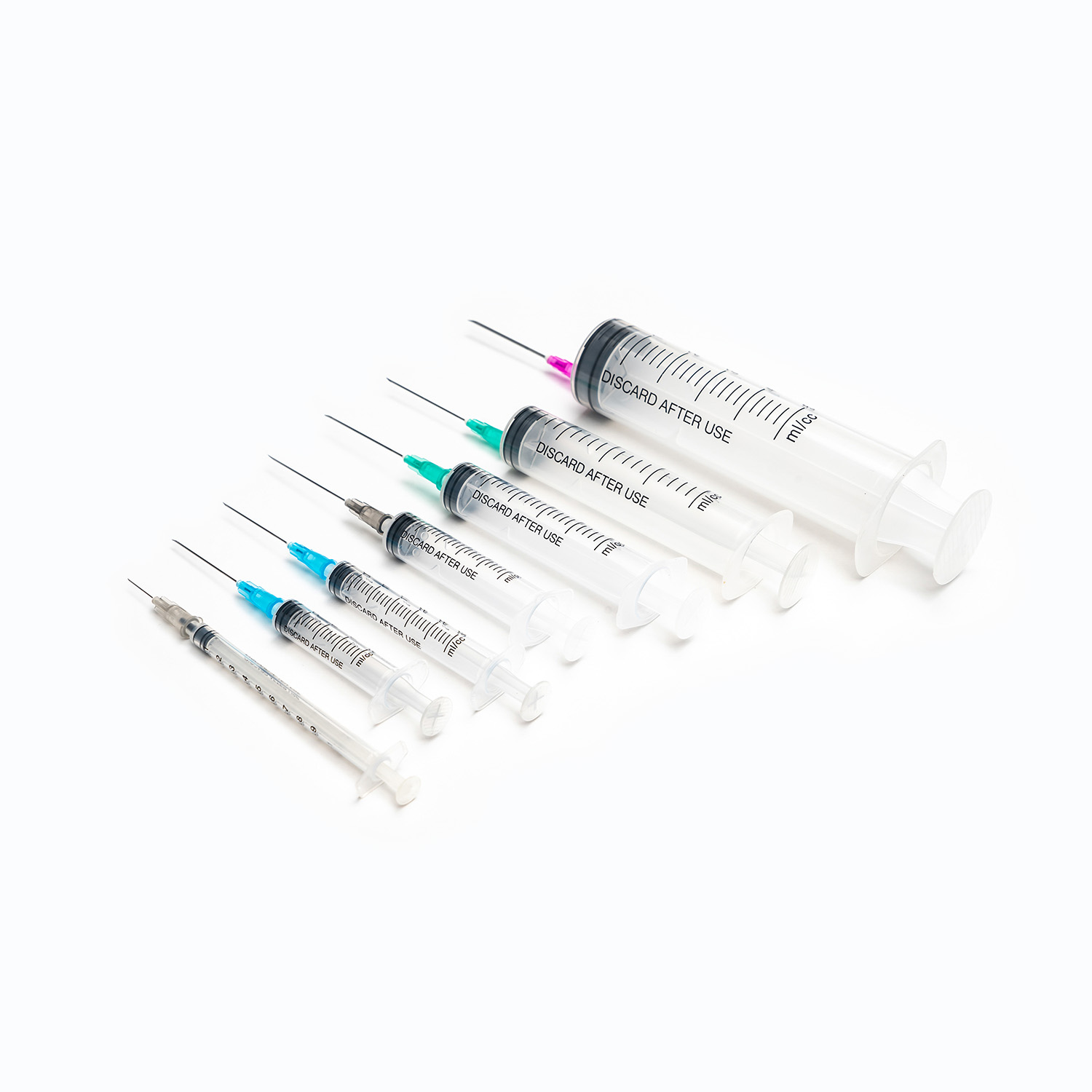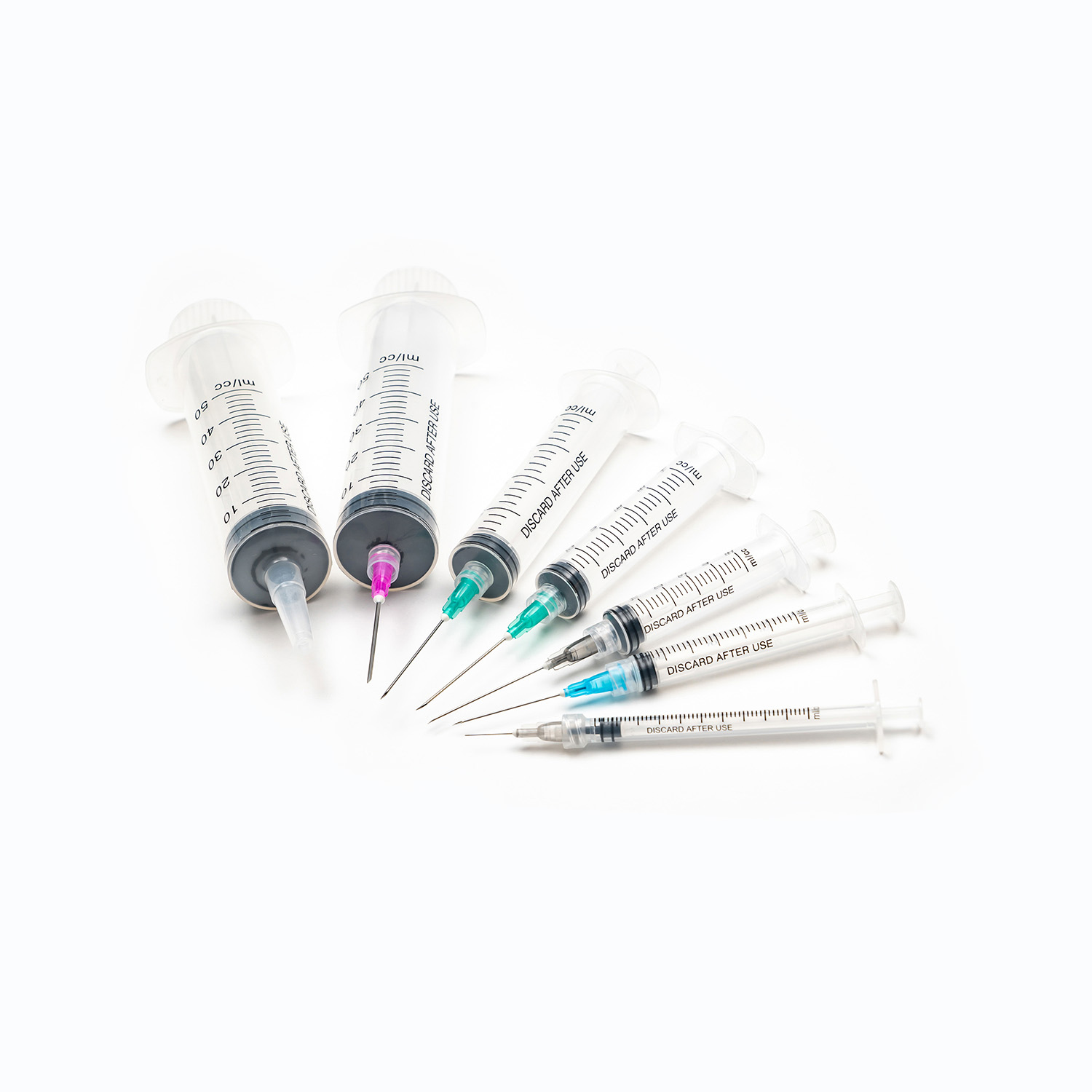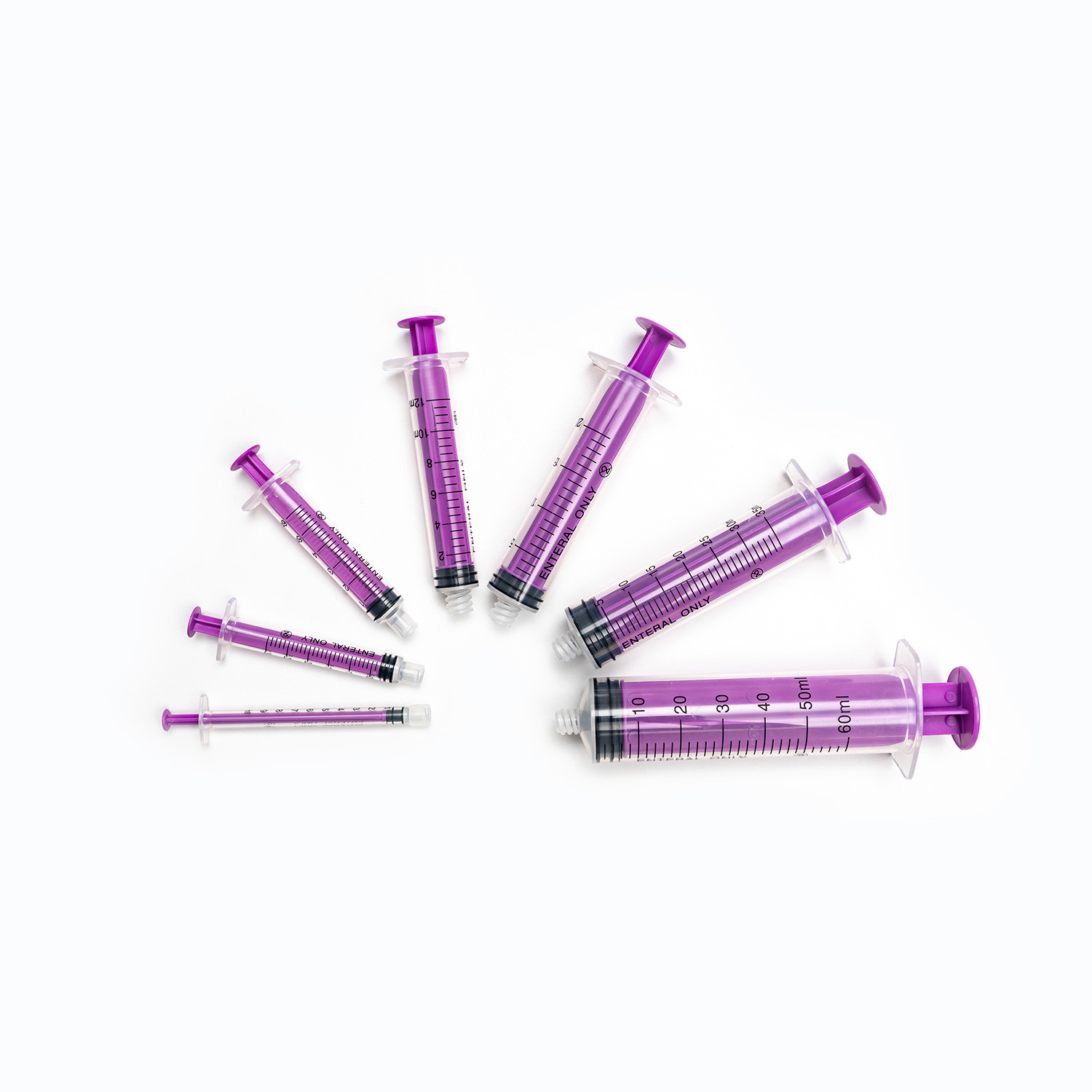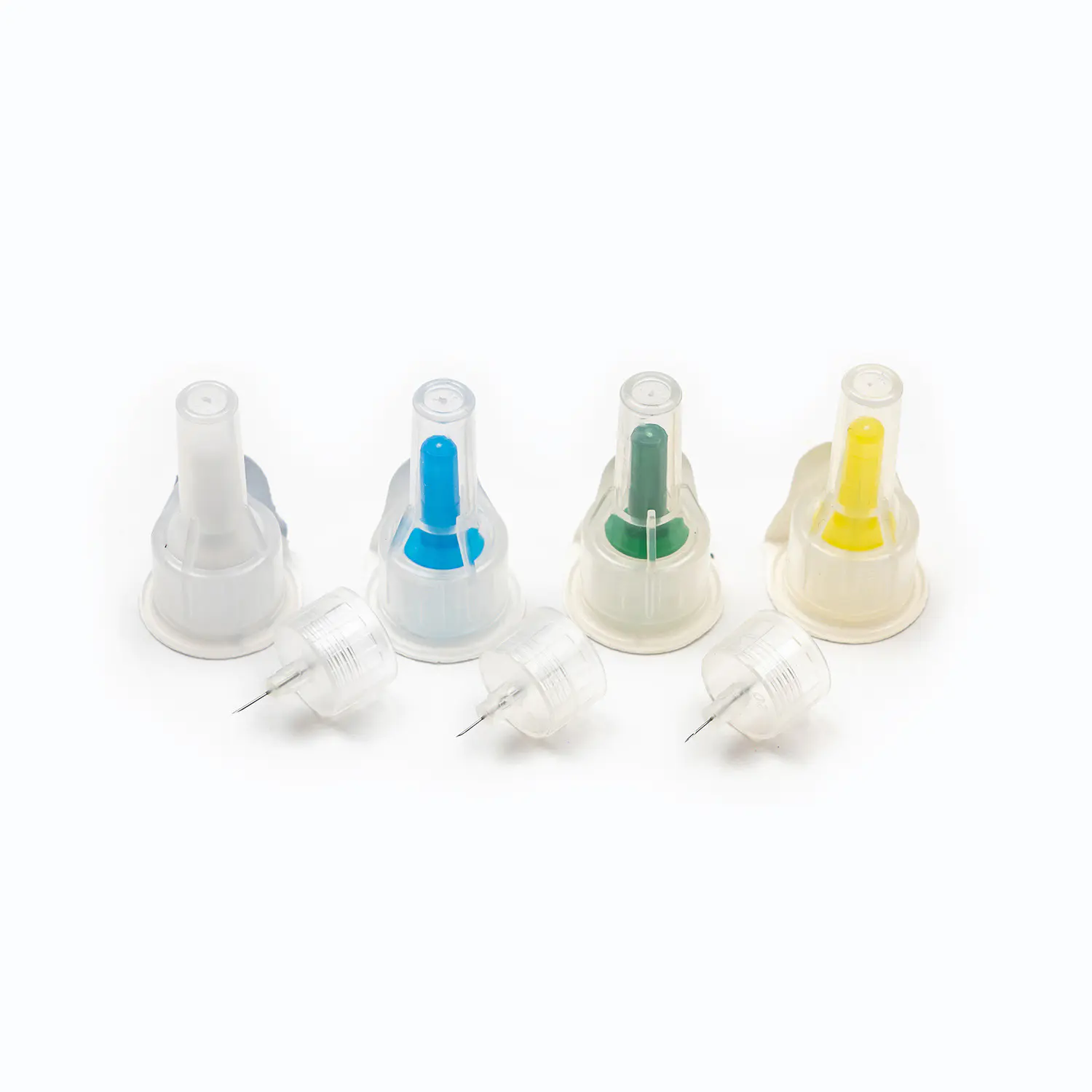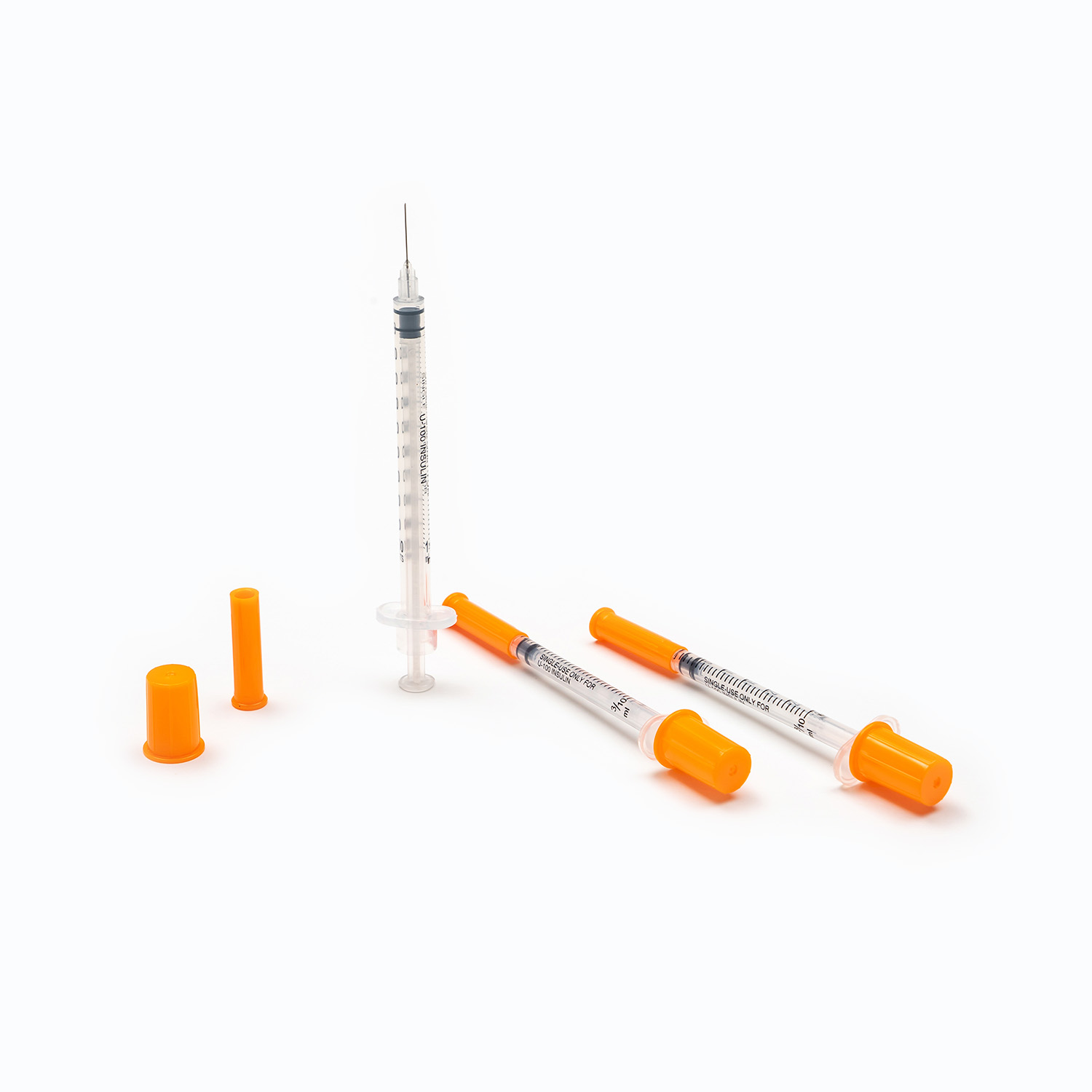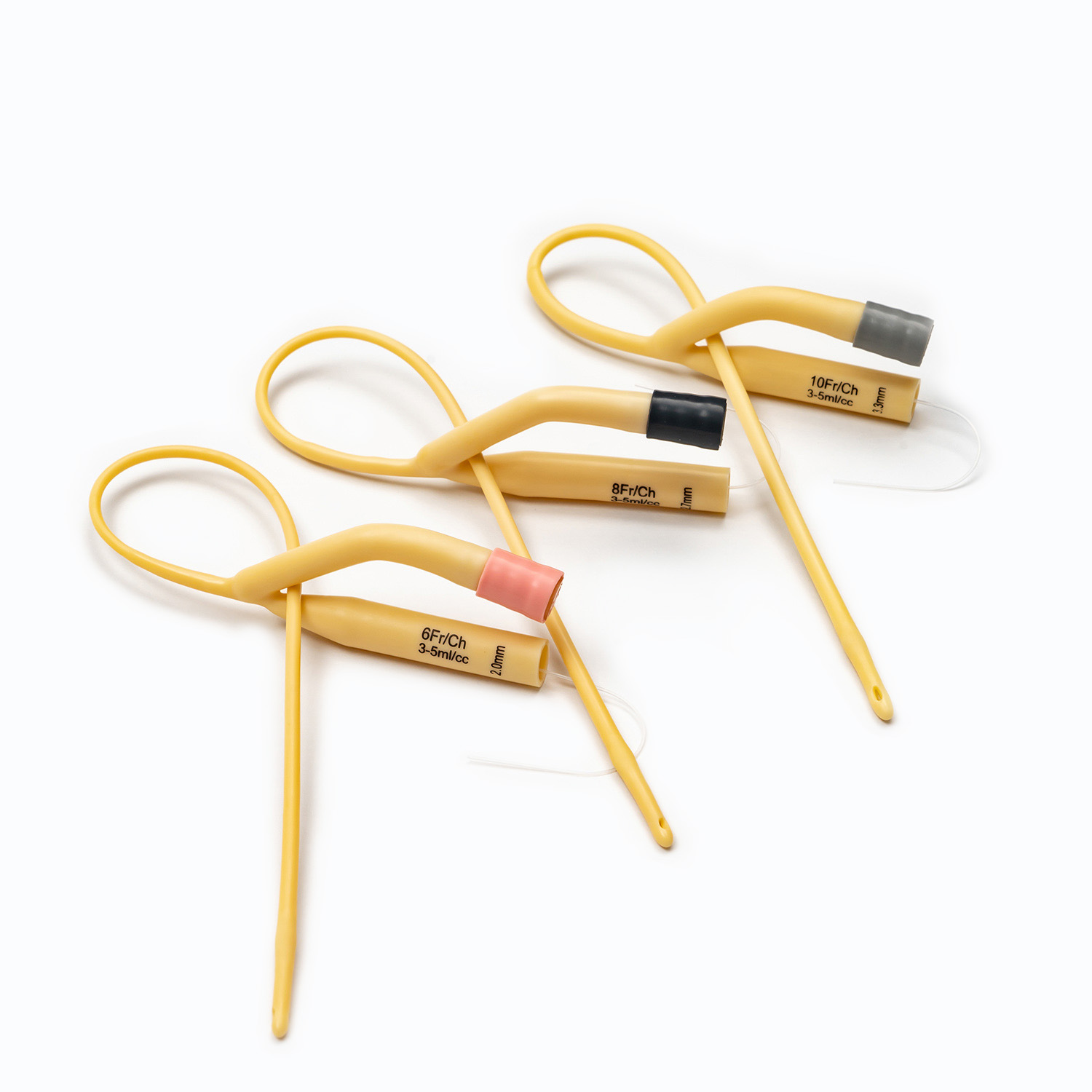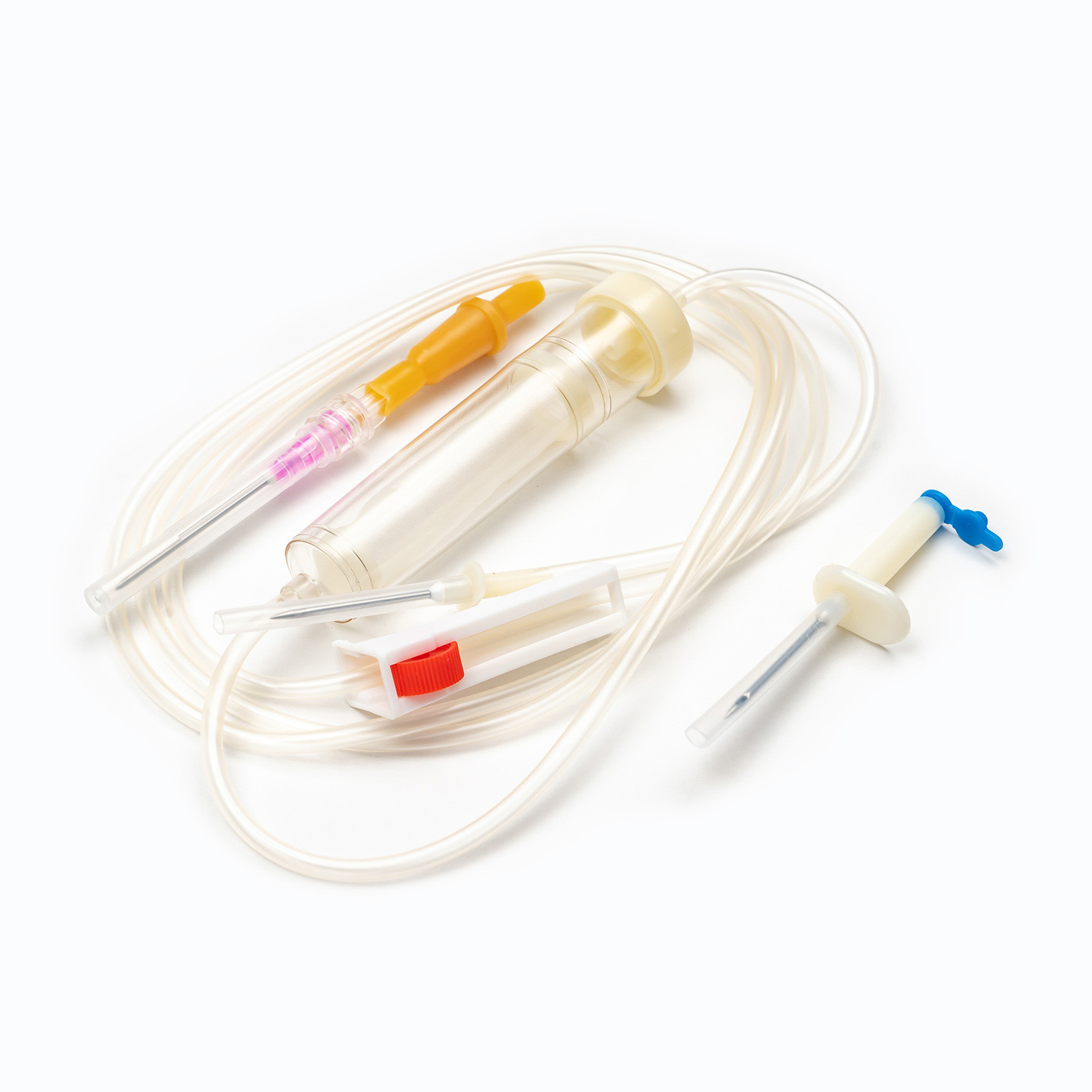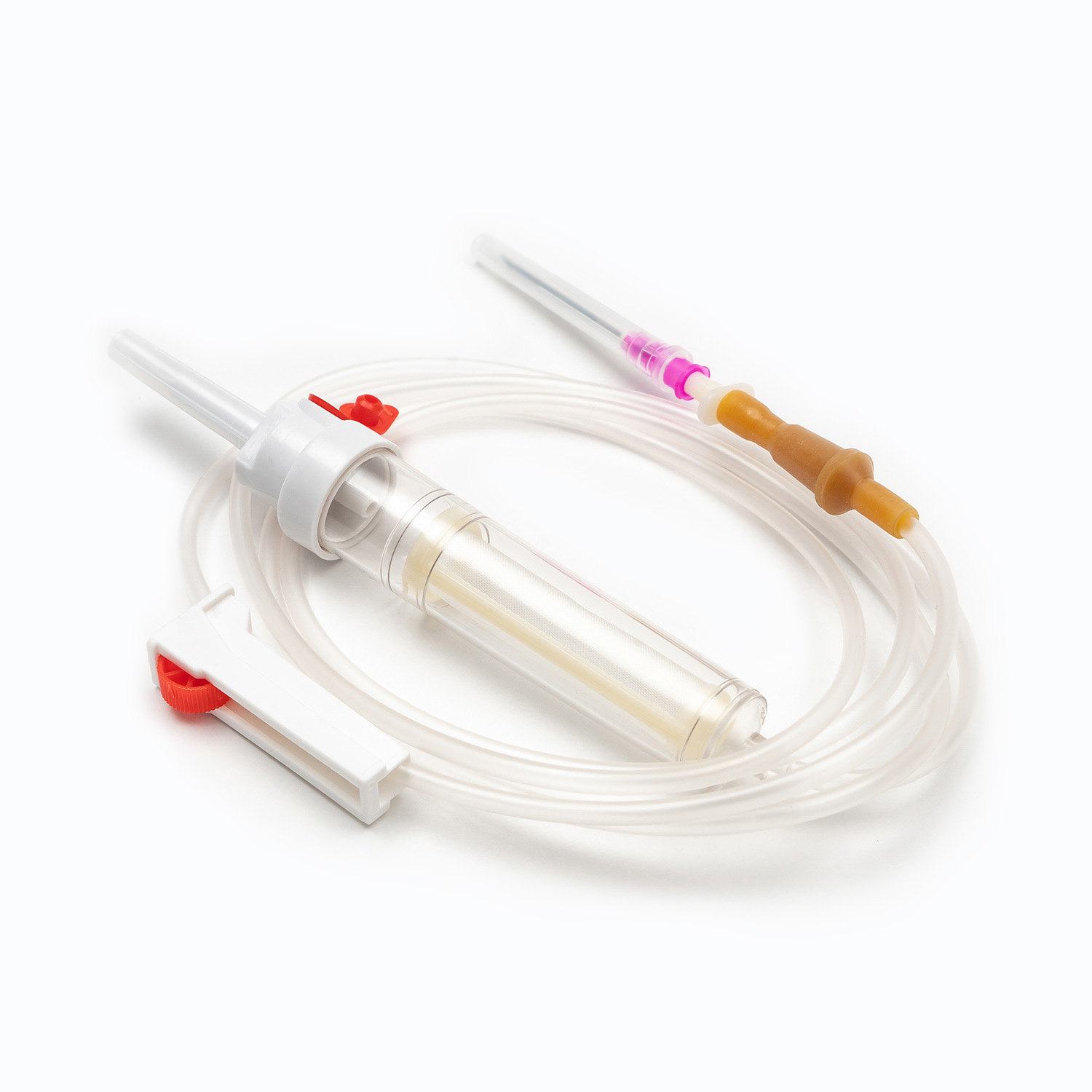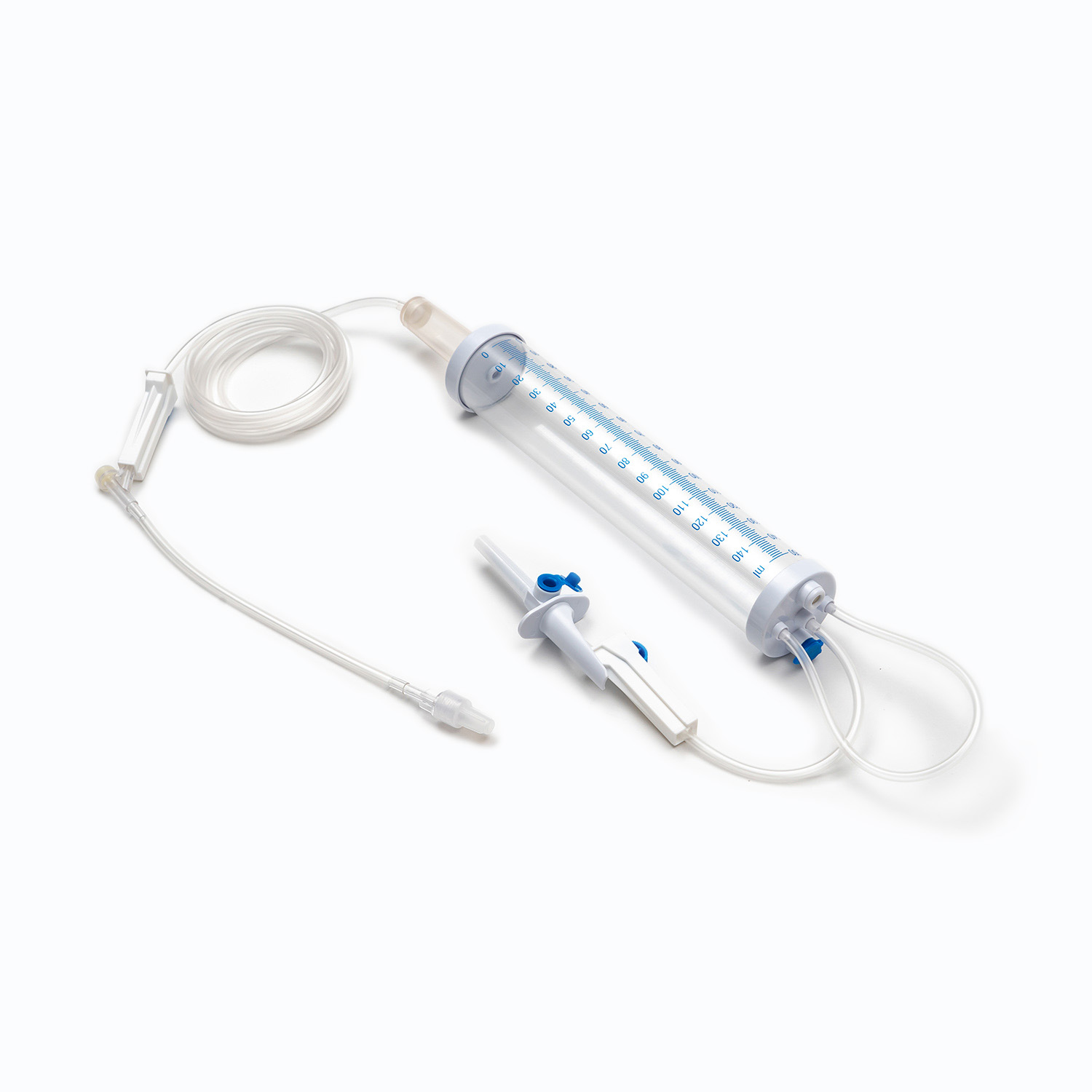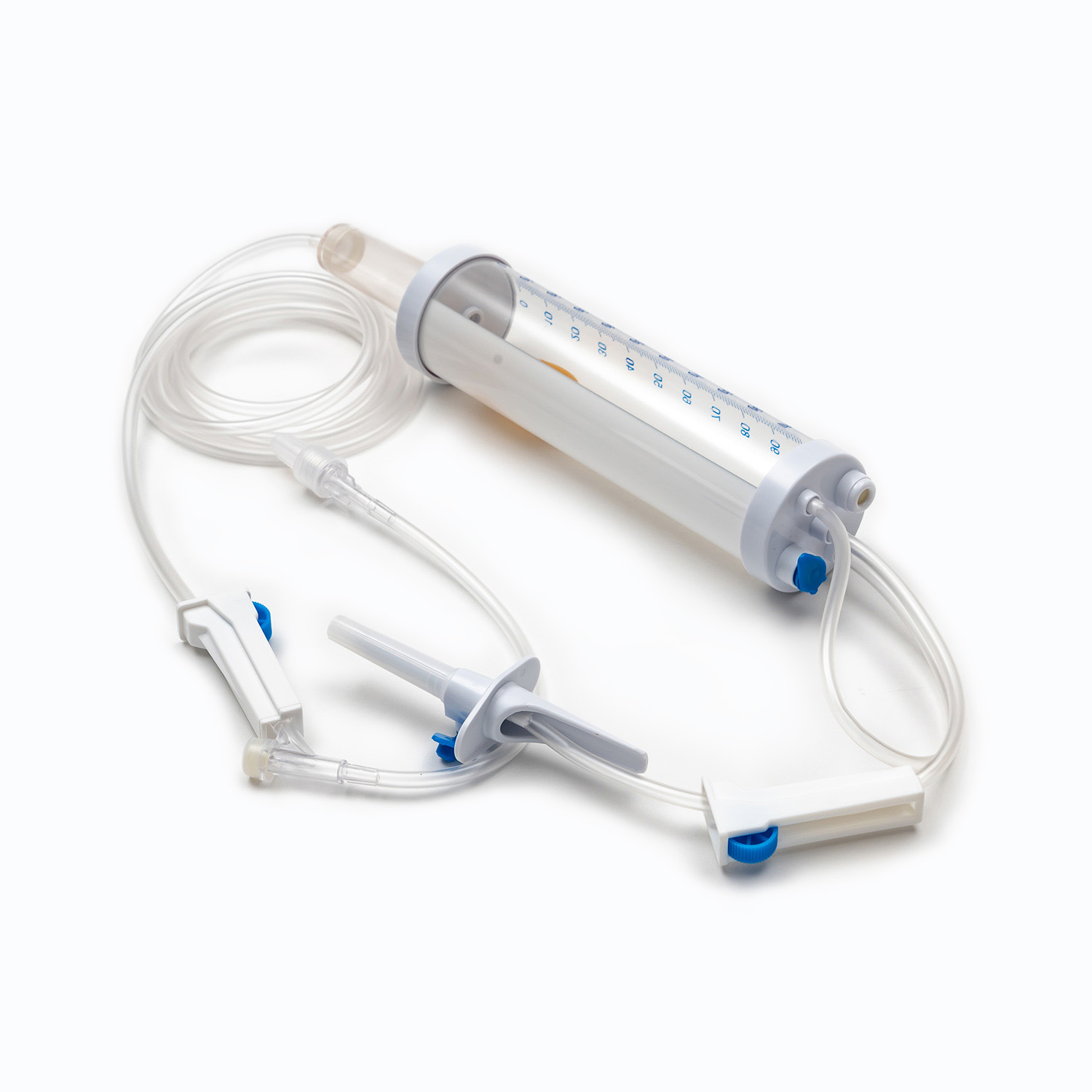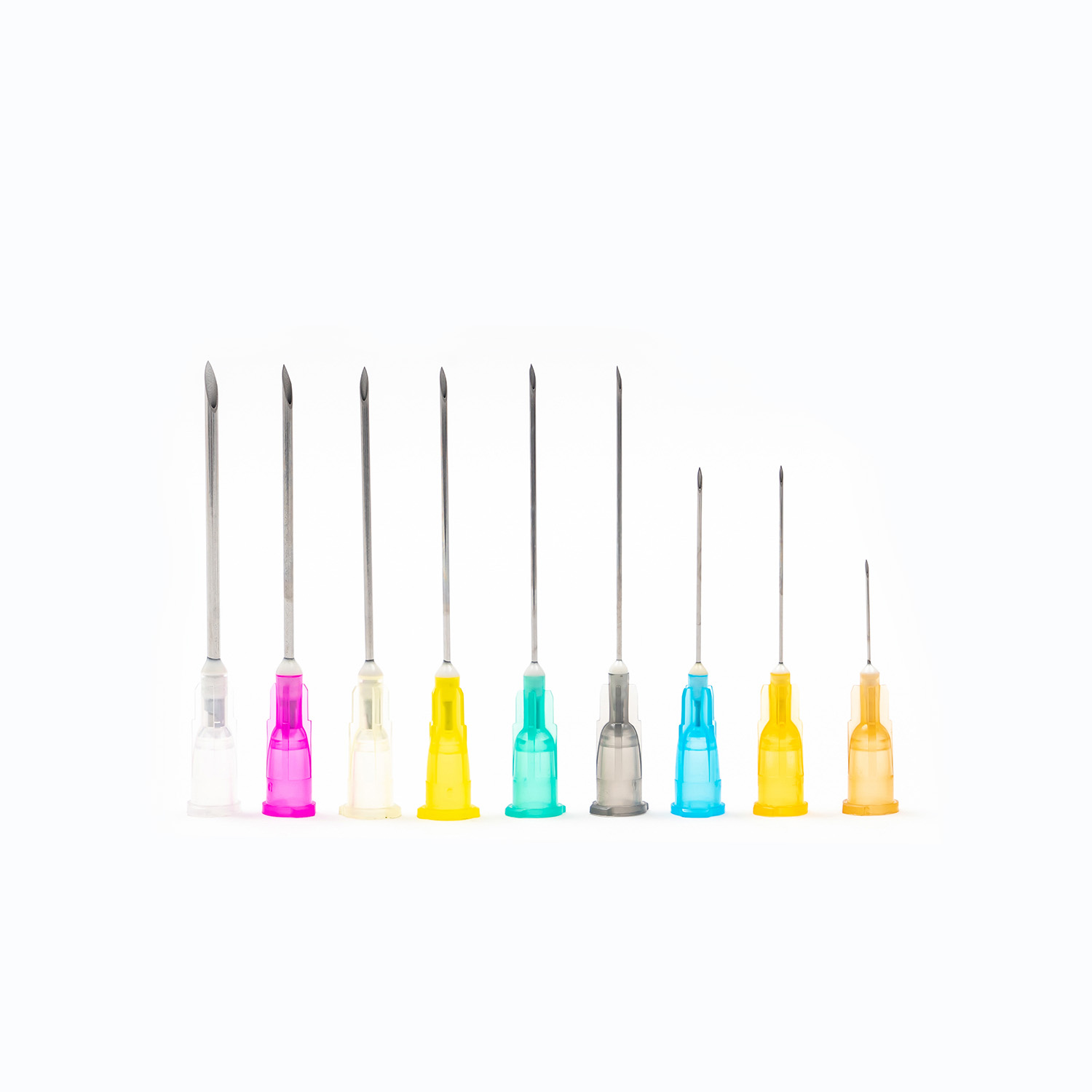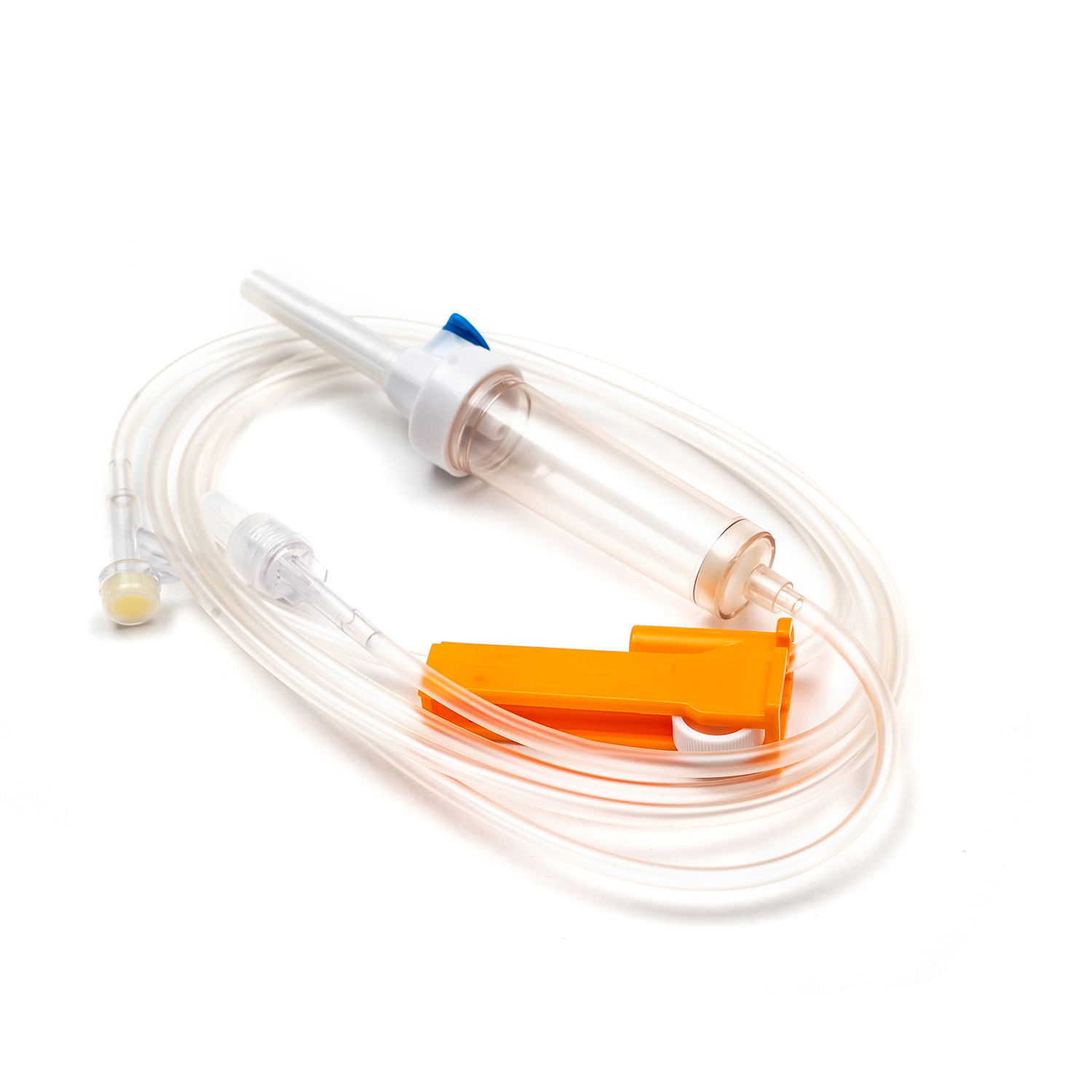Dental needles: Big technology hidden in small instruments
Jul 15,2025
In dental treatment, there is a small instrument that often makes patients nervous, but it plays a vital role - it is the dental needle. This seemingly simple metal product embodies the wisdom of materials science, engineering and medicine, and directly affects the comfort and safety of treatment.
"Identity code" of dental needles: the knowledge behind specifications and models
Walking into the instrument cabinet of a dental clinic, you will find that dental needles have a variety of specifications. These numbers and letters are not randomly marked, but correspond to different treatment needs. The internationally common marking method usually contains two key information: the diameter and length of the needle.
The diameter is usually expressed in "G" (Gauge). The larger the number, the thinner the needle. Common models include 25G, 27G, 30G, etc. The diameter of the 25G needle is about 0.51 mm, while the 30G is as thin as 0.31 mm. When performing pediatric dental treatment or injecting sensitive areas, a 30G fine needle can significantly reduce the pain of puncture; while in complex treatments that require rapid injection of drugs, a 25G needle is more efficient.

The choice of length is closely related to the injection site. Short needles (about 20 mm) are suitable for submucosal injections, such as local anesthesia of the gums; long needles (about 32 mm) are used for deep tissue injections, such as mandibular block anesthesia. Experienced dentists can accurately select the most suitable needle in a few seconds based on the patient's oral anatomy and treatment plan, which is based on a deep understanding of human anatomy and instrument characteristics.
Material Revolution: Evolution from Stainless Steel to Medical Grade Alloys
The material selection of dental needles can be described as "demanding". It must have sufficient strength to penetrate the oral mucosa and periosteum, and ensure good toughness to avoid breaking, and it must not react chemically with local anesthetics. Early dental needles were mostly made of ordinary stainless steel. Although the cost was low, the needle tip was prone to curling after repeated disinfection, increasing the patient's pain.
Nowadays, mainstream dental needles have been upgraded to medical-grade 316L stainless steel, which is not only corrosion-resistant, can withstand high-temperature and high-pressure sterilization, but also has excellent sharpness retention. More advanced coating technology further optimizes its performance. For example, polytetrafluoroethylene coating can reduce the friction between the needle and the tissue, making the puncture process smoother; while antibacterial coating reduces the risk of cross infection, especially suitable for the multi-bacteria environment of the oral cavity.

Design ingenuity: details that make injections from "fear" to "no feeling"
For patients, the fear of dental injections often comes from "pain" and "fear", and the design of modern dental needles is starting from these two points for targeted optimization. The grinding process of the needle tip is the key to reducing pain. High-quality needles use "three-bevel grinding technology" to grind the needle tip into an extremely fine sharp angle, which can minimize the stimulation of nerve endings during puncture.
The "invisible design" of the needle also plays a role in improving patient acceptance. Some brands streamline the connection between the tail of the needle and the syringe to reduce the psychological pressure of patients when looking directly at the needle; others have made the surface of the needle matte to avoid the tension caused by metal reflection. These seemingly minor changes are actually humanized designs based on clinical psychology.
In terms of safety, anti-stab design has become the industry standard. Many needles will automatically lock after use, or be equipped with a retractable protective cover to prevent accidental stabs by medical staff. This design not only protects medical staff, but also reduces the risk of medical waste disposal.
Needle and anesthesia effect: a "golden partner" that complements each other
The performance of dental needles directly affects the diffusion effect of local anesthetics. During the injection process, the angle, depth and injection speed of the needle will change the distribution range of the drug. For example, when using a needle with a side hole design for periodontal ligament injection, the drug can penetrate the periodontal tissue more evenly and reduce postoperative swelling; when injecting the maxillary tuberosity, a needle with a tiny barb can stabilize the fixed position to avoid needle displacement during injection.
From metal wires to precision instruments, the evolution of dental needles is a history of the development of dental medical technology. This seemingly inconspicuous little device carries the patient's expectations for comfortable treatment and also witnesses the unremitting pursuit of medical technology for "painless dentistry".



 English
English Français
Français русский
русский Español
Español
